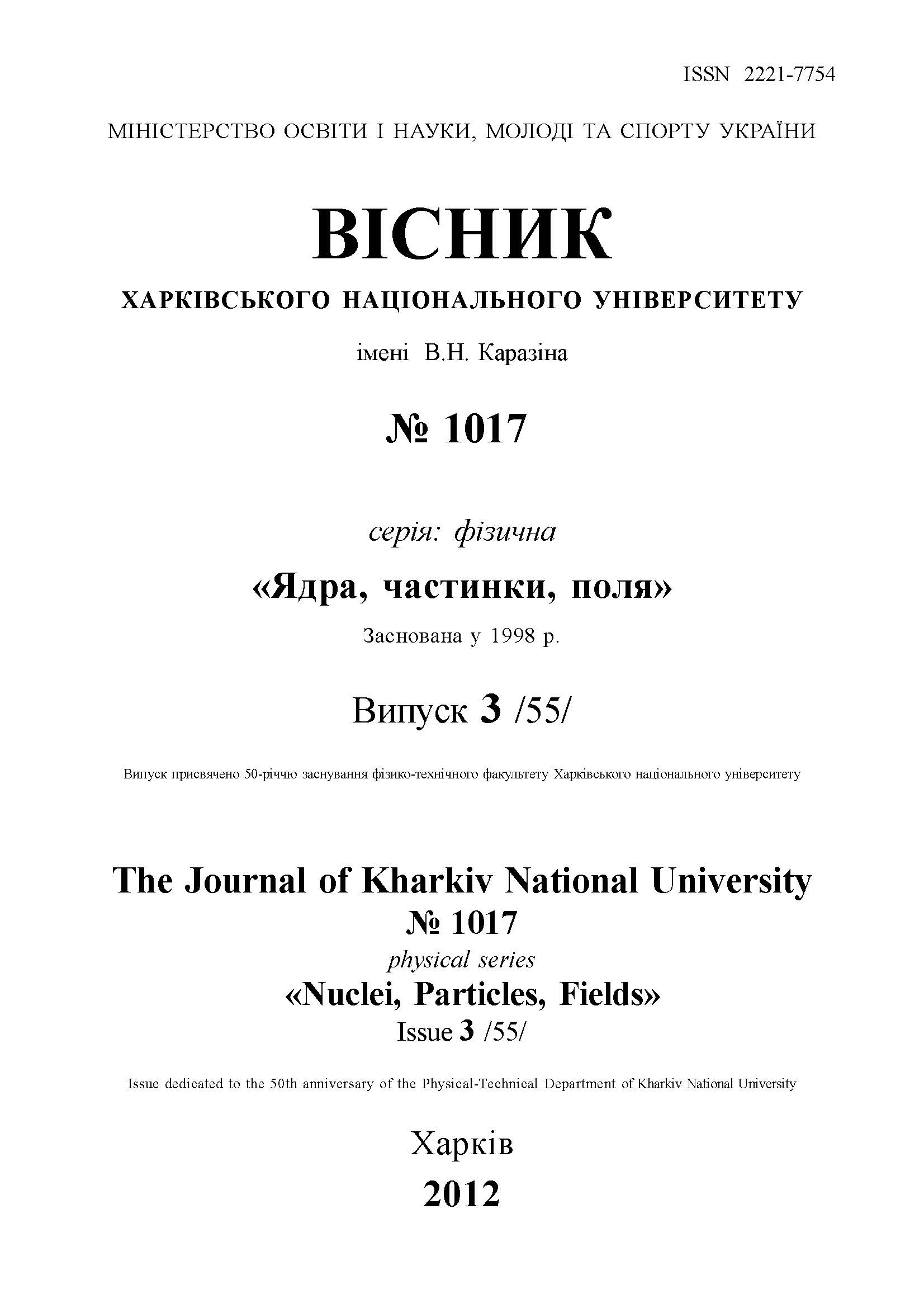High-Speed Communication Networks Chaotic Behavior Analysis of Data Systems
Abstract
Chaos and self-similarity are the state-of-the-art problems in various areas of modern science and technology, thus network systems are not exception from this rule. Increasing number of various network protocols, applications and services leads to the fact that network traffic becomes more complex and unpredictable. It has been shown that phenomenon of self-similarity is caused by the properties of network traffic whose origin is the behavior of ТСР protocol. And all this properties became more significant with appearing of the high-speed data transmission technologies. Finally this behavior leads to congestion in network and packet losses as the result of it. But even modern congestion control mechanisms handle such kind of situations quite unfair. For example, as shown by W. Feng et al., TCP Reno loss rate exceeds 5% in a heavily congested network. So it’s easy to calculate that over a Gigabit Ethernet link such loss rate translates into a loss of over 50 Mb/s. Obviously this level of loss rate is unacceptable. However models that describe behavior of information systems sufficiently and give a possibility for scientists to apply all set of classical methods of chaos theory and analyze particular nonlinear dynamical system have not been offered so far. Phase portraits of the studied system were built and Lyapunov exponents for different values of the basic system parameters were calculated. In the present paper a new approach in analysis of the packet switching networks behavior with ТСР protocol is proposed. These networks are analyzed as nonlinear dynamical systems that show chaotic properties at a certain value of parameters.
Downloads
References
Willinger W., Taqqu M.S., Erramilli A. A bibliographical guide to self-similar traffic and performance modeling for modern high-speed networks // Stochastic Networks: Theory and Applications, Royal Statistical Society Lecture Notes Series. – 1996. – Vol. 4. – P. 339 - 366.
Mandelbrot B.B. Self-similar error clusters in communications systems and the concept of conditional systems and the concept of conditional stationarity // IEEE Transactions on Communications Technology. – 1965. – Vol. 13, issue 1. – P. 71 - 90.
Leland W.E., Taqqu M.S., Willinger W., and Wilson D.V. On the self-similarnature of ethernet traffic // IEEE/ACM Transactions of Networking. – 1994. – Vol. 2, issue 1. – P.1 - 15.
Floys F., Simulator tests [Online resource]. – 1995. – Access mode: ftp://ftp.ee.lbl.gov/papers/simtests.ps.Z, NS is available at http://www-nrg.ee.lbl.gov/.
Zhu C., Yang O.W.W., Aweya J., Oullete M., Montuno D.Y. A comparison of active queue management algorithms using the OPNET Modeler // IEEE Communication Magazine. – 2002. – Vol. 40, issue 6. – P. 158 - 167.
Veres A, Boda V. The chaotic nature of TCP congestion control // In Proc. IEEEINFOCOM. – 2000. – P. 1715 - 1723.
Feng W., Tinnakornsrisuphap P. The failure of TCP in High-Performance Computational Grids // In Proceedings of International Conference on Parallel Processing (ICPP'00). – 2000. – Article №. 37.
Feng W., Tinnakornsrisuphap P. The Adverse Impact of the TCP Congestion-Control Mechanism in Distributed Systems // In Proceedings ICPP'00 of International Conference on Parallel Processing. –2000. – P. 299 - 306.
Nagle J. RFC896-Congestion control in IP/TCP internetworks. – 1984.
Jacobson V. Congestion Avoidance and Control // In Proceedings of the SIGCOMM'88 Symposium. – 1988. – Vol. 18, issue 4. – P. 314 - 332.
Brakmo L., Peterson L. TCPVegas: End to End Congestion Avoidance on a Global Internet // IEEE Journal of Selected Areas in Communications. – 1995. – Vol. 13, issue 8. – P. 1465 - 1480.
Floyd S. and Jacobson V. Random Early Detection Gateways for Congestion Avoidance // IEEE/ACM Transactions on Networking. – 1993. – Vol. 1, issue 4. – P. 397 - 413.
Simulator NS-3 and concomitant documentation [Online resource]. – Access mode: http://nsnam.org.
Packard N.H., Crutchfield J.P., Farmer J.D. and Shaw R.S. Geometry from a Time Series // Physical Review Letters. – 1980. – Vol. 45. – P. 712 - 716.
Benettin G., Galgani L., Giorgilli A., Strelcyn J.M. Lyapunov characteristic exponents for smooth Dynamical systems; a method for computing all of them. Part 1: Theory; Part 2: Numerical application // Meccanica. –1980. – Vol. 15. – P. 9 - 30.
Hegger R., Kantz H., Schreiber T. The package of TISEAN programs and concomitant documentation [Online resource]. – Access mode: http://www.mpipks-dresden.mpg.de/~tisean/.
Hegger R., Kantz H., Schreiber T. Practical implementation of nonlinear time series methods: The TISEAN package // Chaos. – 1999. – Vol. 9, issue 2. – P. 413 - 435.
Authors who publish with this journal agree to the following terms:
- Authors retain copyright and grant the journal right of first publication with the work simultaneously licensed under a Creative Commons Attribution License that allows others to share the work with an acknowledgment of the work's authorship and initial publication in this journal.
- Authors are able to enter into separate, additional contractual arrangements for the non-exclusive distribution of the journal's published version of the work (e.g., post it to an institutional repository or publish it in a book), with an acknowledgment of its initial publication in this journal.
- Authors are permitted and encouraged to post their work online (e.g., in institutional repositories or on their website) prior to and during the submission process, as it can lead to productive exchanges, as well as earlier and greater citation of published work (See The Effect of Open Access).








